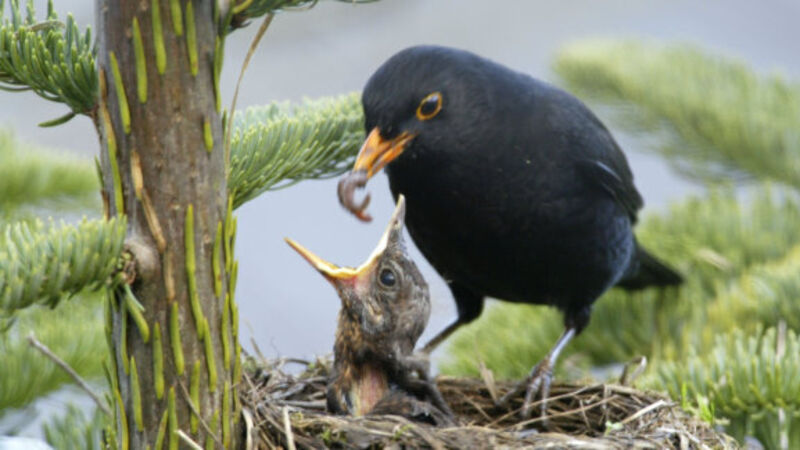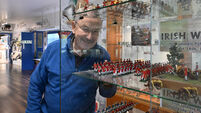Let’s hear it for the blackbird

Blackbirds seem to be in full voice now, perhaps making the most of lengthening daylight hours to enchant us with their song at dawn and dusk.
Looking out the window, I see a few males poking their beaks under dead leaves for worms and insects, hopping restlessly around the place while darting their heads in a curious way.













